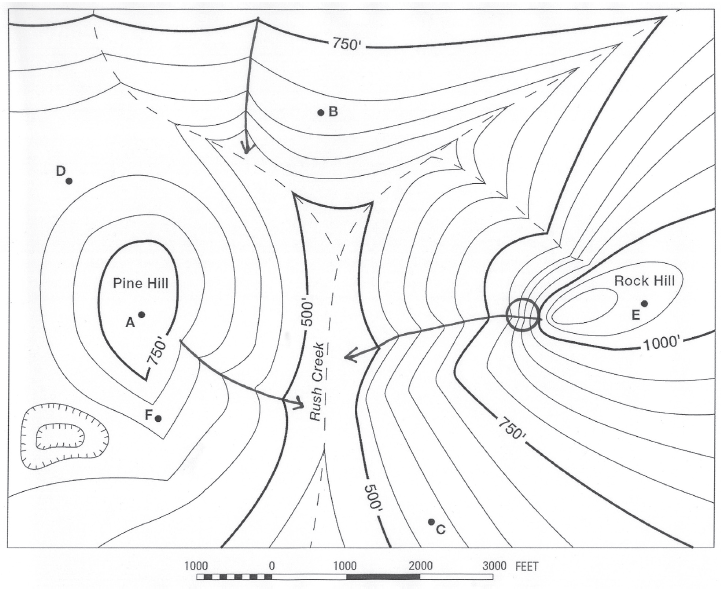Why is the movement to become a sustainable institution, as demonstrated by De Anza College and other colleges and universities, so successful? How might the successes at these institutes of higher education translate to society as a whole?
What will be an ideal response?
The first element necessary for success is a visionary group of people who serve as a critical mass to advocate for sustainability at these institutions. In the case of De Anza College, this group was composed of trained faculty who were expected to enhance the environmental literacy of their students and colleagues. However, not only were these faculty members talking about environmental literacy—they were also taking action. A green initiatives planning group made up of all stakeholders of the institution's community—students, faculty, staff, administrators, and community members—worked to ensure that all voices were heard when deciding on and devising projects that had a fairly large impact on the university's budget. Colleges and universities are ideal training grounds for grooming sustainability advocates of the future. Students gain experience in working with institutional red tape and bureaucratic complexities while being guided and supported by faculty mentors. Students are able to try new and innovative ideas in an encouraging and supportive atmosphere. What the students learn from their successes, failures, and obstacles can be valuable lessons for use in advocating for sustainability in society at large.
You might also like to view...
Which lettered point has the lowest elevation?
The question is based on this contour line map with elevations shown in feet.
• North is to the top of the map.
• Streams are shown with dashed lines.
• A graphic scale for measuring horizontal distances is shown below the map.
• Estimate elevations between contour lines to the nearest half-contour interval; assume that the top of a
hill is one-half-contour interval higher than the highest contour line shown.

What will be an ideal response?
Meat accounts for approximately one-third of all protein intake in developed countries, compared to approximately ________ in developing ones
A) one-tenth B) one-eighth C) one-fifth D) one-quarter E) one-half
Which of the following best describes cap-and-trade programs?
A) They were already in use by the European Union before 2010. B) They have never been utilized because of their high costs. C) They were first widely used in the United States for power companies in 1990. D) They apply only to non-GHG emitting forms of electrical generation.
The land surface drained by a stream system is called a ____
a. tributary b. sheet wash c. drainage basin d. water district